Switzerland’s reputation for breathtaking landscapes isn’t just about the famous peaks and pristine lakes you see on postcards. The real magic often lies tucked away in charming villages where traditional wooden chalets perch on mountainsides, church bells echo through valleys, and each turn reveals another picture-perfect scene.
These communities have preserved their authentic character while offering visitors a glimpse into Switzerland’s rich cultural heritage. Here is a list of 20 scenic Swiss villages that showcase the country’s diverse beauty, from glacier-kissed hamlets to lakeside gems.
Zermatt (Valais)
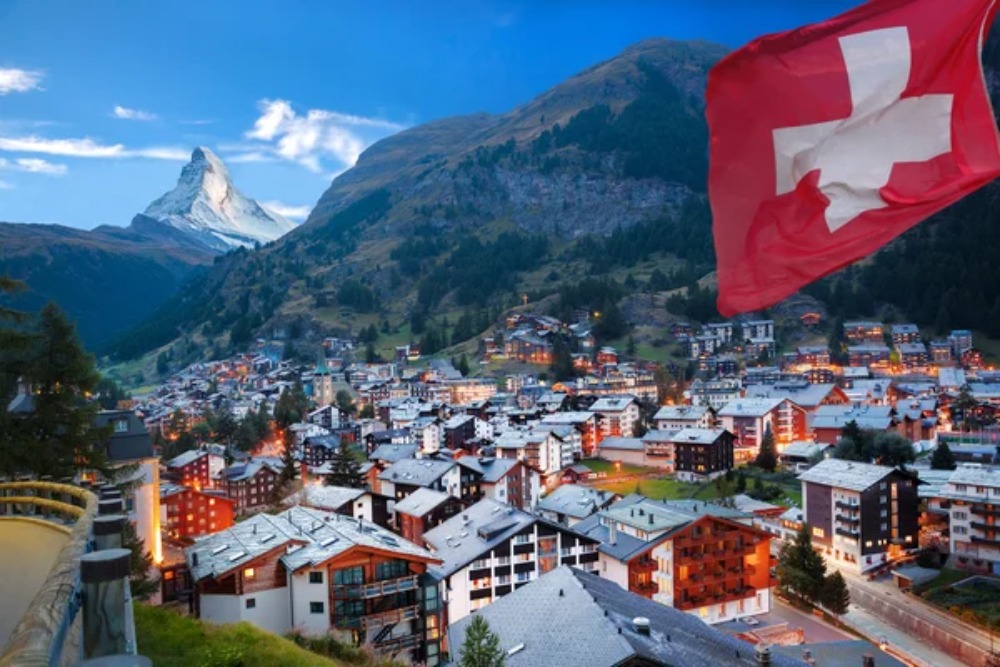
The car-free village of Zermatt sits at the base of the iconic Matterhorn, creating one of the most recognizable mountain scenes in the world. Electric vehicles and horse-drawn carriages navigate narrow streets lined with traditional wooden buildings and luxury hotels.
The village transforms from a summer hiking paradise to a winter wonderland, making it a year-round destination that never loses its Alpine charm.
Grindelwald (Bernese Oberland)

Grindelwald sprawls across a valley floor with the dramatic north face of the Eiger towering overhead like a natural skyscraper. The village serves as a gateway to the Jungfraujoch, often called the ‘Top of Europe,’ accessible via a historic cogwheel railway.
Traditional chalets dot the landscape, their flower boxes bursting with geraniums that create splashes of color against the dark wood and snowy peaks.
Like Travel Pug’s content? Follow us on MSN.
Lauterbrunnen (Bernese Oberland)
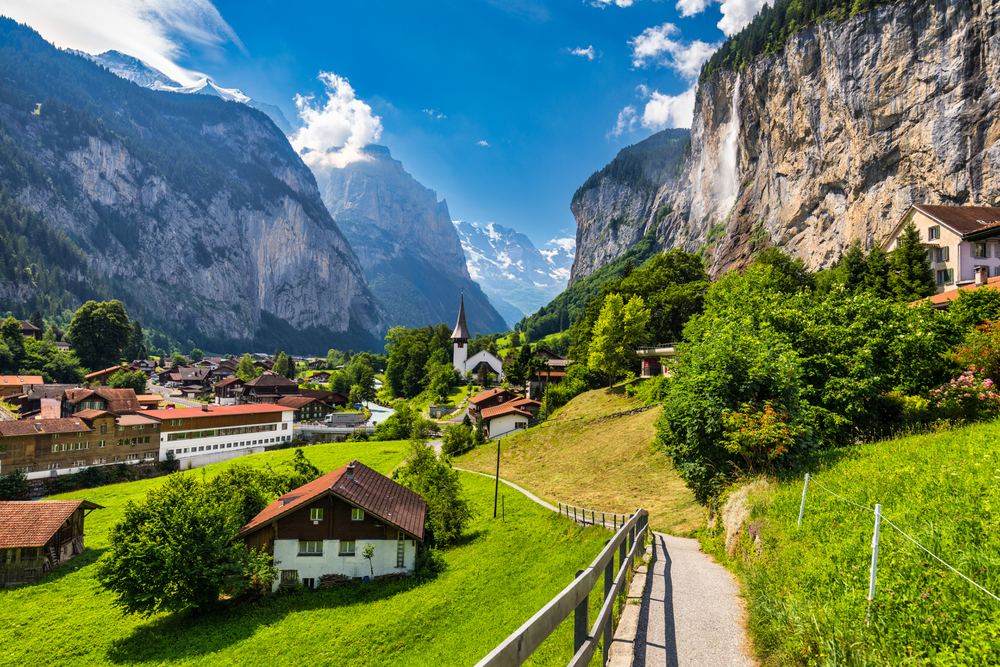
This narrow valley village lives up to its name, which means ‘many fountains,’ with 72 waterfalls cascading from the surrounding cliff faces. The most famous, Staubbach Falls, which plunges 980 feet into the valley like a silver ribbon against the rock wall.
The village itself feels almost storybook-like, nestled on the valley floor, dwarfed by the towering limestone cliffs that inspired J.R.R. Tolkien’s Rivendell.
Gimmelwald (Bernese Oberland)

Gimmelwald remains a working farming village where the sound of cowbells still dominates the soundscape more than tourist chatter. This tiny hamlet of weathered wooden chalets clings to a mountain ledge, offering unobstructed views across the Lauterbrunnen Valley to the snow-capped peaks beyond.
The village has resisted major tourist development, maintaining its authentic Alpine character that feels like stepping back in time.
Wengen (Bernese Oberland)
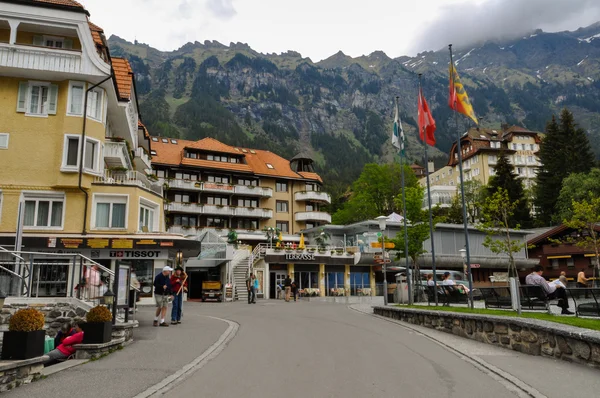
Perched on a sunny terrace high above the Lauterbrunner Valley, Wengen can only be reached by cogwheel train, preserving its peaceful atmosphere. The village combines traditional architecture with elegant Belle Époque hotels that housed wealthy Victorian travelers seeking Alpine air.
During winter, Wengen transforms into a world-class ski resort, hosting downhill races on the famous Lauberhorn, the longest downhill course in World Cup racing.
Like Travel Pug’s content? Follow us on MSN.
Mürren (Bernese Oberland)
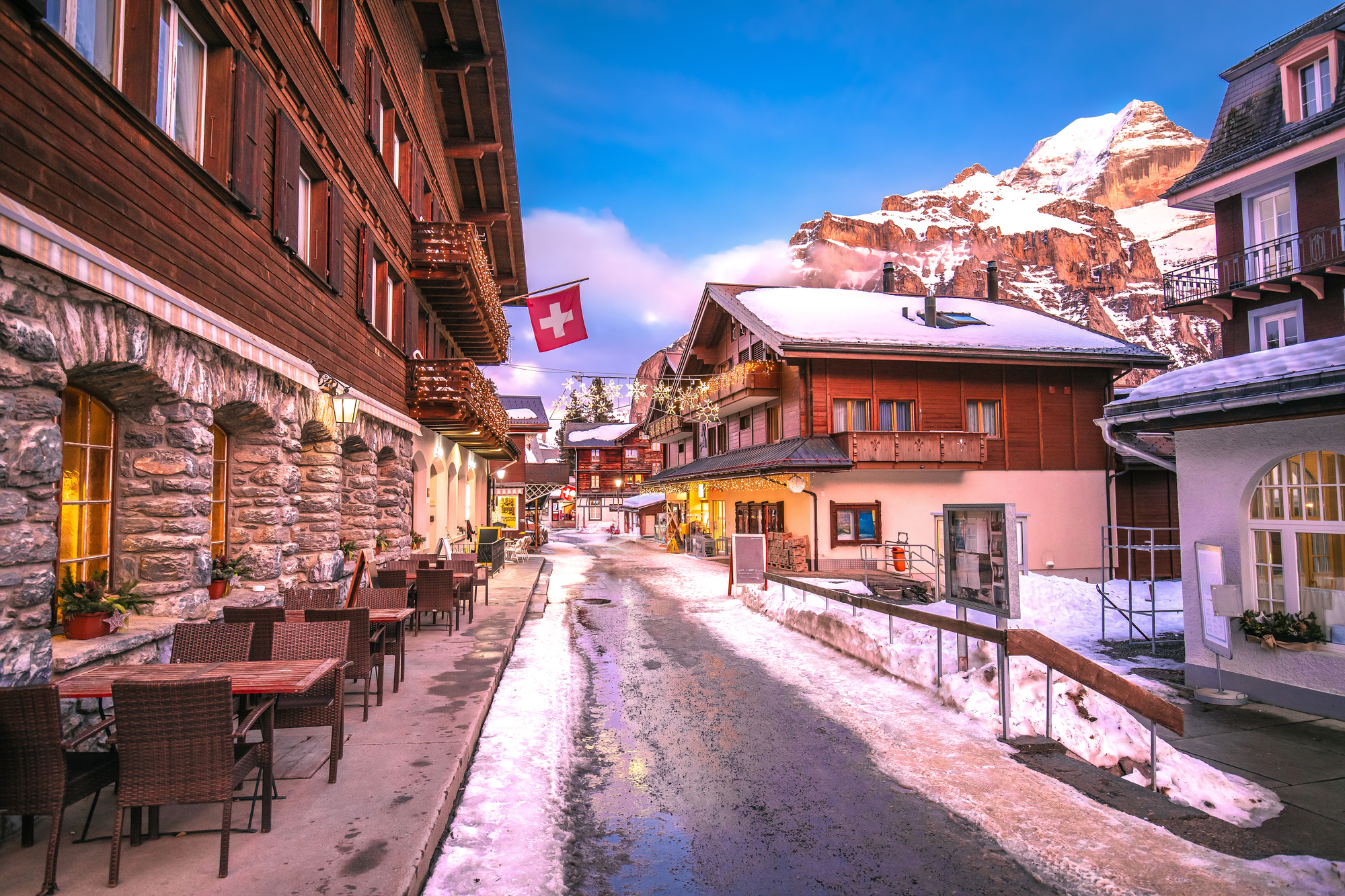
This cliff-top village hovers 5,400 feet above sea level, accessible only by cable car, creating an almost otherworldly feeling of isolation. The village offers front-row seats to the famous Eiger, Mönch, and Jungfrau peaks, with the massive north face of the Eiger dominating the eastern horizon.
Traditional wooden chalets line car-free streets where the biggest traffic concern might be a wandering mountain goat.
Saas-Fee (Valais)

Known as the ‘Pearl of the Alps,’ Saas-Fee sits in a glacial amphitheater surrounded by 13 peaks over 13,000 feet high. The village maintains its car-free status with electric shuttles providing transportation past centuries-old wooden houses and modern hotels.
Glaciers practically spill into the village, creating a dramatic backdrop where ice and Alpine meadows coexist in stunning contrast.
Gruyères (Fribourg)
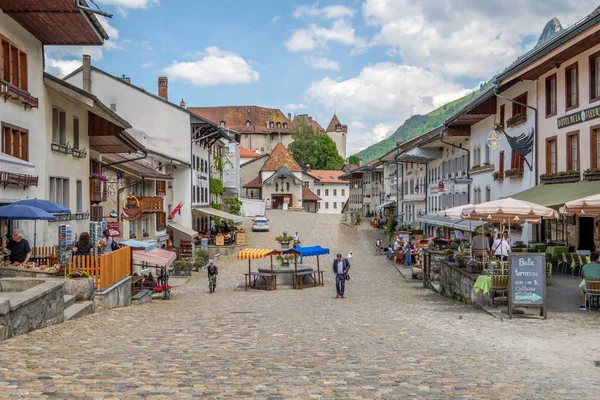
This medieval hilltop village crowns a green hill like something from a fairy tale, its ancient ramparts and cobblestone streets unchanged since the Middle Ages. The famous castle overlooks rolling countryside where the legendary Gruyère cheese has been produced for centuries using traditional methods.
Visitors can walk the same stone streets that medieval merchants once traveled, with the castle’s towers offering panoramic views across the pastoral landscape that inspired countless artists.
Like Travel Pug’s content? Follow us on MSN.
Kandersteg (Bernese Oberland)
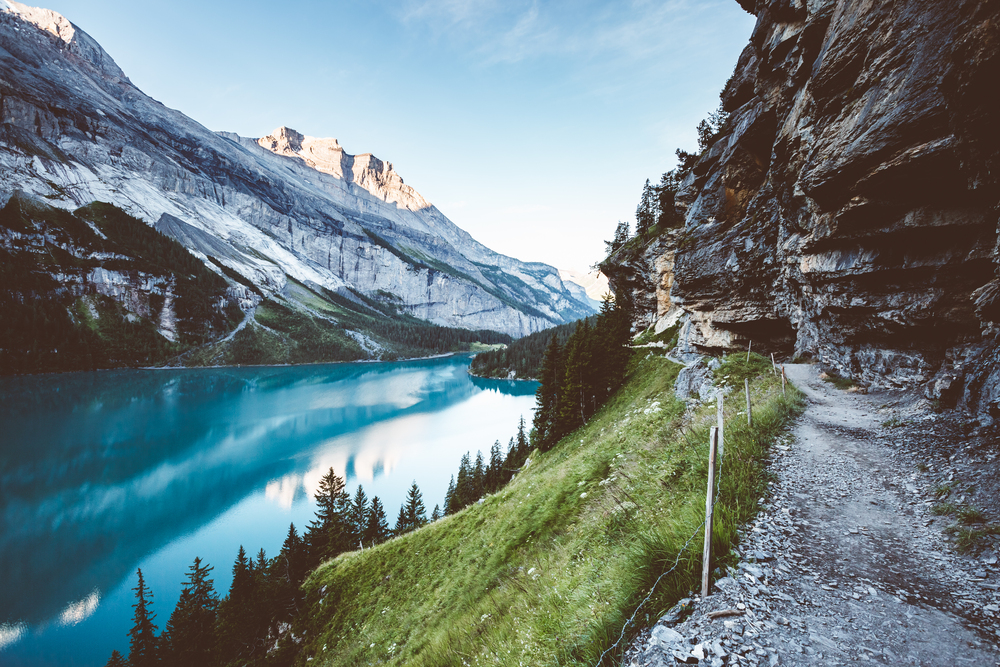
Nestled in a dramatic valley surrounded by towering peaks, Kandersteg serves as the gateway to the pristine Lake Oeschinen, considered one of Switzerland’s most beautiful mountain lakes. The village maintains its authentic Alpine character with traditional wooden chalets and working farms scattered across the valley floor.
Ancient hiking trails lead from the village center into some of Switzerland’s most spectacular wilderness areas, including routes that cross historic mountain passes used by travelers for centuries.
Soglio (Graubünden)

Often called the ‘gateway to paradise,’ Soglio perches on a rocky outcrop in the Bregaglia Valley with commanding views of the Bondasca glacier. Stone houses with slate roofs create a Mediterranean atmosphere unusual for Switzerland, reflecting the Italian influence of this border region.
Ancient chestnut groves surround the village, their massive trunks and spreading canopies creating natural cathedrals that have sheltered travelers for centuries.
Appenzell (Appenzell)
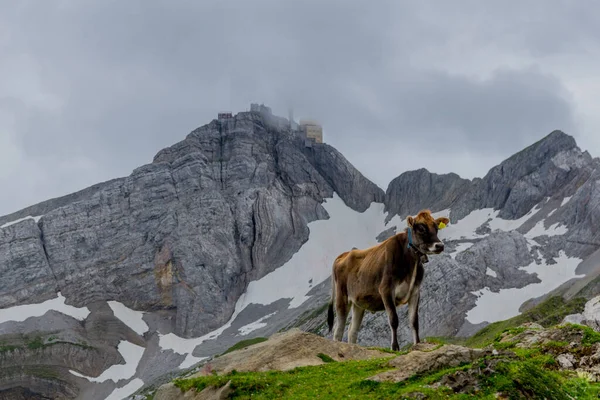
The village of Appenzell looks like a life-sized dollhouse with its colorful painted facades and intricate wooden balconies dripping with flowers. Traditional folk culture remains vibrantly alive here, from the annual cattle drives to the hand-painted signs that mark every business.
The surrounding hills offer gentle hiking through pastoral landscapes where traditional cheese-making and ancient customs continue unchanged.
Like Travel Pug’s content? Follow us on MSN.
Stein am Rhein (Schaffhausen)
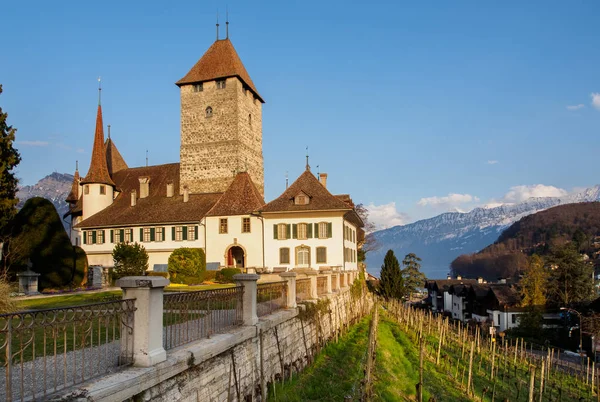
Medieval frescoes cover nearly every building facade in this Rhine River village, creating an outdoor art gallery that tells centuries of local history. The half-timbered houses lean over narrow cobblestone streets where monks once walked between the ancient monastery and the river docks.
Modern river cruise ships still dock here, allowing passengers to step directly from the water into what feels like a living medieval manuscript.
Morcote (Ticino)
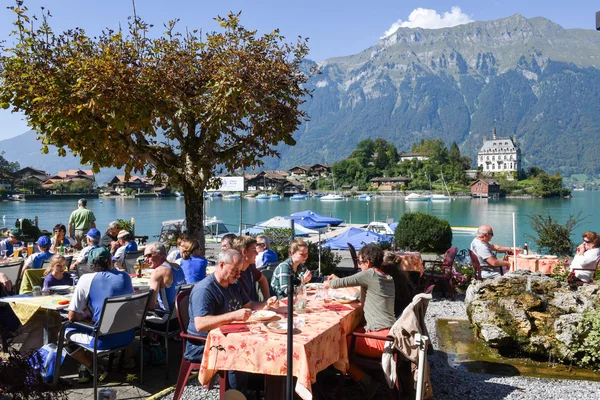
This lakeside jewel on Lake Lugano has been voted Switzerland’s most beautiful village, and one look at its Mediterranean-style architecture cascading down to the crystal-clear water explains why. Stone houses with red tile roofs cluster around a historic church, creating a scene that feels more Italian than Swiss.
The village’s narrow lanes and hidden staircases lead to scenic overlooks where palm trees and Alpine peaks create an almost surreal combination.
Spiez (Bernese Oberland)
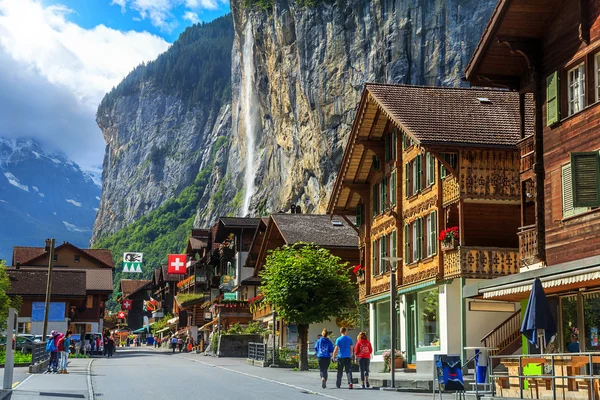
Spiez combines the best of Swiss lake and mountain scenery, with a fairy-tale castle overlooking Lake Thun and snow-capped peaks reflecting in the crystal-clear water. The medieval castle, complete with ancient towers and a Romanesque church, sits on a promontory that juts into the lake like a ship’s prow.
Vineyards cascade down the hillsides, producing wines that benefit from the lake’s moderating influence and the Alpine sun.
Like Travel Pug’s content? Follow us on MSN.
Brienz (Bernese Oberland)
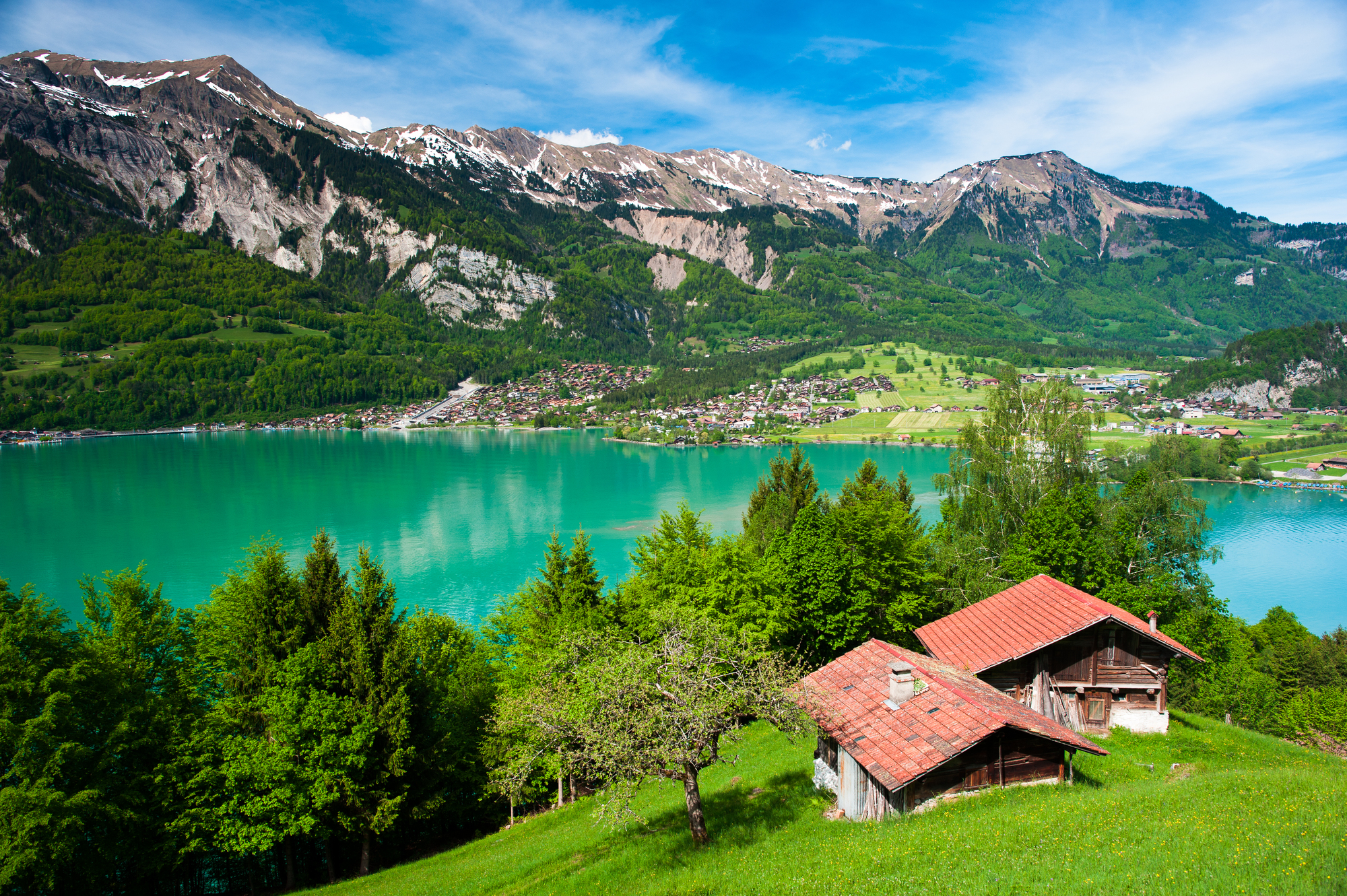
Known as the woodcarving capital of Switzerland, Brienz sits on the shores of turquoise Lake Brienz, where traditional craftsmanship continues in family workshops. The village maintains its reputation for intricate wooden sculptures and music boxes, with artisans’ shops lining streets that lead down to the pristine lake.
Historic paddle steamers still cross the lake, their steam whistles echoing off the surrounding mountains like they have for over a century.
Iseltwald (Bernese Oberland)
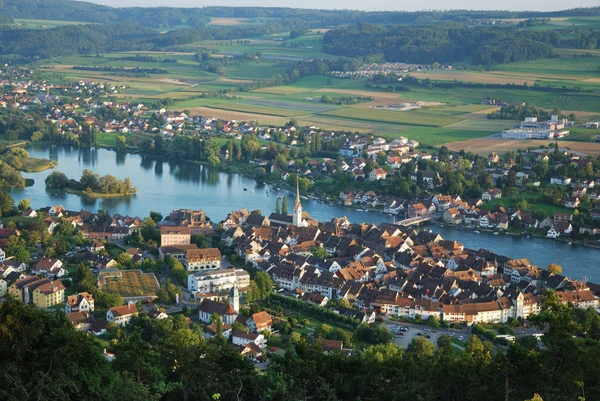
This small fishing village achieved international fame recently, but its charm lies in the unchanged atmosphere where traditional wooden houses reflect in the still waters of Lake Brienz. A handful of residents maintain the village’s quiet character despite its newfound popularity, with flower-lined paths leading to scenic overlooks.
The village serves as a perfect base for exploring the lake by kayak or taking the historic cogwheel railway to nearby mountain peaks.
Pontresina (Graubünden)

Nestled in the Upper Engadin Valley, Pontresina offers mountain grandeur without the crowds of more famous resorts, maintaining its authentic Romansh culture and language. Traditional Engadin houses with thick stone walls and small windows dot the landscape like fortresses built to withstand Alpine winters.
The village provides access to some of Switzerland’s best hiking and mountaineering, with trails leading directly from the village center into pristine wilderness areas.
Like Travel Pug’s content? Follow us on MSN.
Engelberg (Obwalden)

This valley village grew around a Benedictine monastery that still operates today, its baroque church tower rising above chalets and modern hotels like a spiritual beacon. The village sits in a natural amphitheater surrounded by dramatic peaks, including Mount Titlis with its year-round glacier skiing.
Traditional Alpine agriculture continues alongside tourism, with local farmers still driving cattle through the village streets during seasonal migrations.
Andermatt (Uri)

Located at the crossroads of major Alpine passes, Andermatt has welcomed travelers for centuries, from Roman legions to modern adventurers seeking untouched powder slopes. The village retains its frontier character with sturdy stone buildings designed to withstand harsh mountain winters and avalanche-prone slopes.
Recent development has brought world-class amenities while respecting the traditional architecture that defines this historic mountain community.
Guarda (Graubünden)
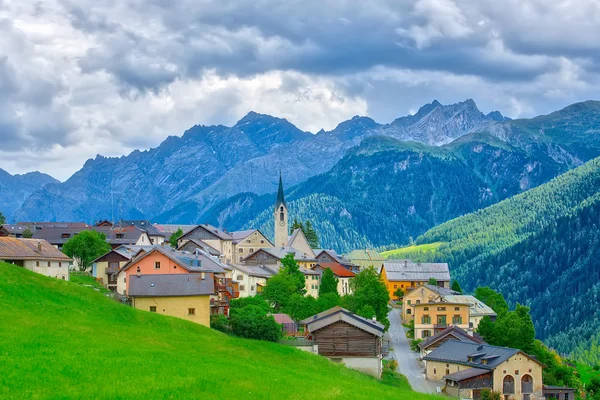
This Engadin Valley village showcases the distinctive sgraffito architecture of eastern Switzerland, with elaborate geometric patterns decorating cream-colored walls. Guarda has won awards for historic preservation, maintaining its 17th-century appearance through careful restoration rather than modern development.
The village overlooks the Inn River valley with views stretching toward Austria, embodying the cultural crossroads that define this region.
Like Travel Pug’s content? Follow us on MSN.
Where Ancient Traditions Meet Modern Dreams
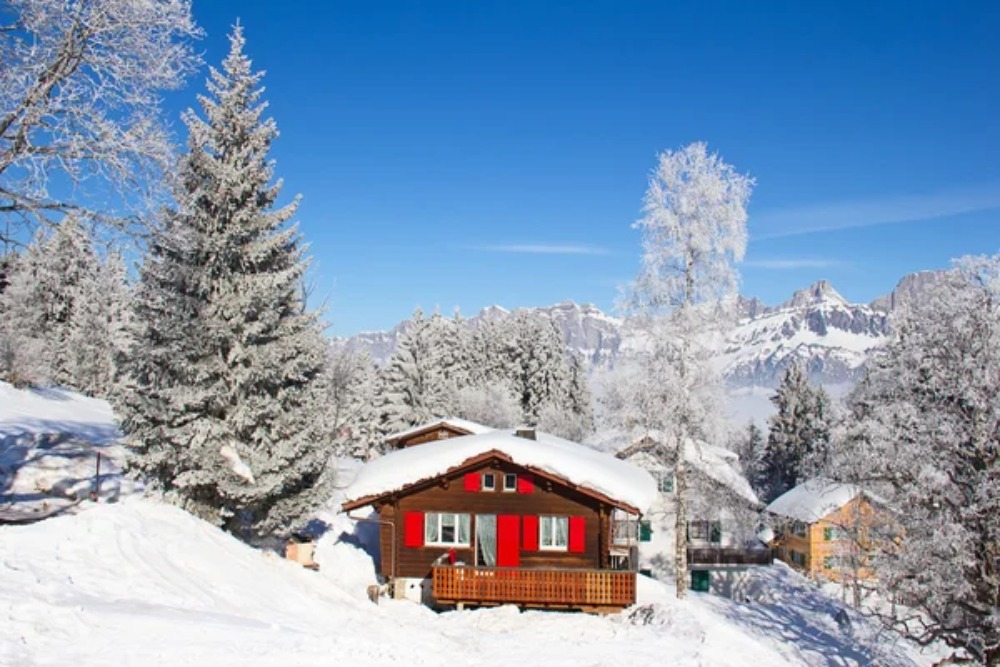
These 20 villages represent more than just scenic beauty; they embody Switzerland’s remarkable ability to preserve authentic mountain culture while adapting to modern tourism demands. Each community has found its balance between welcoming visitors and maintaining the traditional character that makes it special in the first place.
From the car-free streets of Zermatt to the working farms of Gimmelwald, these villages prove that progress doesn’t require abandoning the past. Today’s travelers can experience the same Alpine magic that captivated visitors centuries ago, while enjoying modern comforts that make these mountain retreats accessible to everyone seeking Switzerland’s legendary beauty.
More from Travel Pug

- 20 Best Beach Towns in the Carolinas
- 13 Destinations Where Tourists Regularly Regret Their Trip
- 20 Things You Actually Get in First Class
- 20 Small Airports With Aviation Museums
- 20 Places in the U.S. That Are Perfect for a Reset Trip
Like Travel Pug’s content? Follow us on MSN.
